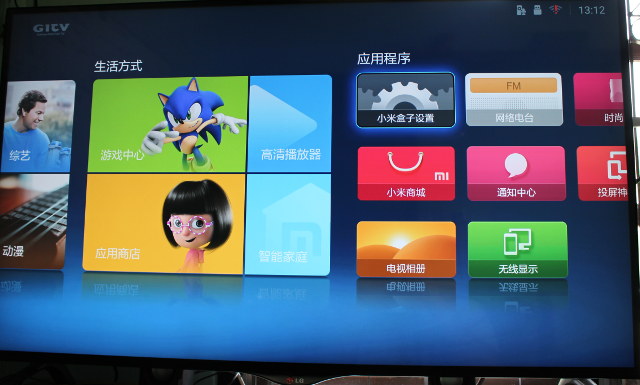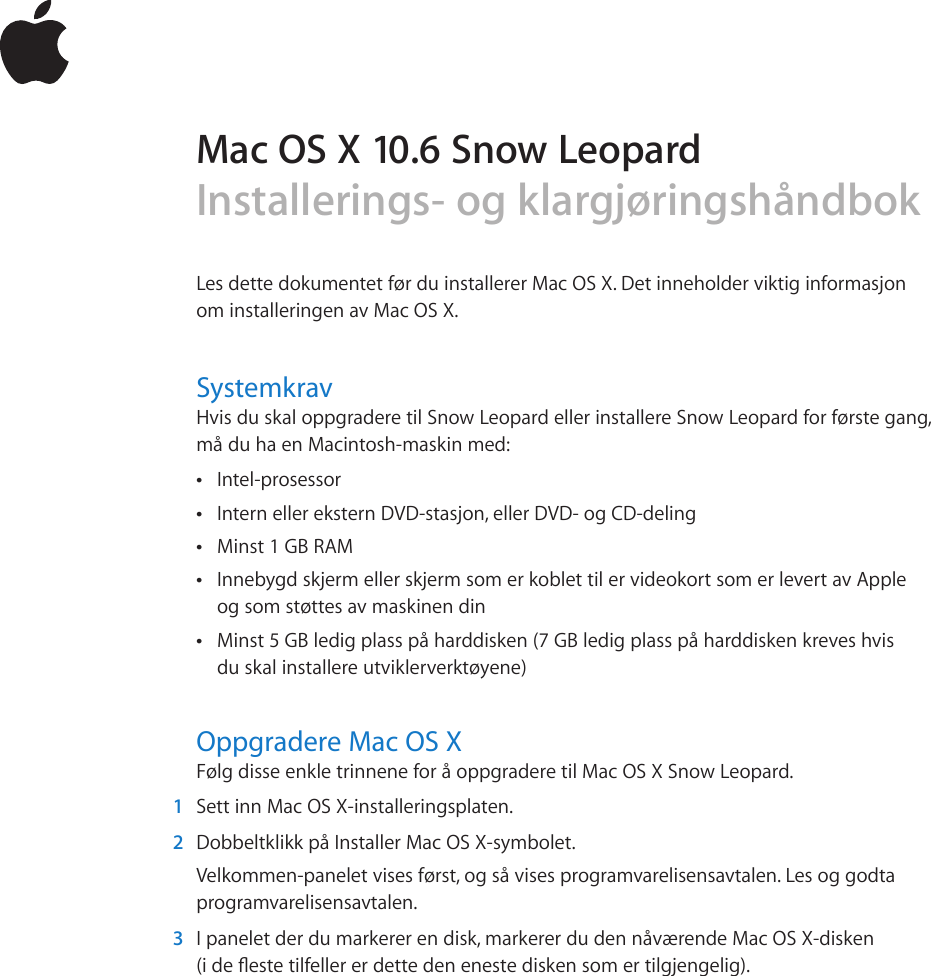Installeringsinstruksjoner For Mac
This tutorial covers my workflow of how I used iClone to create both Facial and Body animations for the characters in my Ugandan/African animated children’s TV Series, “The Adventures of Nkoza and Nankya.”. I have had this dream since I was a kid growing up in Uganda, of bringing my stories to life using animation, but I didn’t have the funds and team to pull it off. This is something of a workflow question. I lost a 2 hour render last night because I left my Mac to render it, and the darn hard-drive went into sleep mode halfway through. I think the workflow is pretty close to the genesis 1 (and 2/3?) DS-to-Iclone videos that Iclone produced, but I think DAZ/Iclone have a export/mapping file for Genesis that you probably have to (re)create (or find?) for the Mil4 characters. Reallusion has provided a sneak peek of the new content conversion tools that transform Daz 3D and HiveWire characters into Character Creator and iClone. We’ve asked Reallusion some questions to know more about this new process for the content communities.  DAZ3d Scene (building/props) to iClone workflow? View Options. I tried the internet and this site and I can't seem to find a tutorial for a DAZ3d Scene (building/props) to iClone workflow? Can someone either give me some tips or point me in the right direction so I can learn properly. The below test is just a proof of.
DAZ3d Scene (building/props) to iClone workflow? View Options. I tried the internet and this site and I can't seem to find a tutorial for a DAZ3d Scene (building/props) to iClone workflow? Can someone either give me some tips or point me in the right direction so I can learn properly. The below test is just a proof of.
• • • • • Removing software applications from a Macintosh computer is much simpler than removing them from a Windows PC. When Windows installs a program, it places bits and pieces of code throughout the registry in a process so complicated that to undo it, each program needs its own uninstaller. By contrast, uninstalling software on a Mac is as simple as finding an icon and dragging it to the trash. That will get rid of the program itself. To completely remove all traces, there are a couple extra steps you can take, though they're not absolutely necessary.
InSSIDer 1.3 - Scan available Wi-Fi networks and track their signal strength over time. Download the latest versions of the best Mac apps at safe and trusted MacUpdate Download, install, or update inSSIDer for Mac from MacUpdate.
Credit: Justin Sullivan/Getty Images News/Getty Images Uninstalling Programs Step Open your hard drive by double-clicking its icon on the desktop. Or, the Finder, hold 'Command' and hit 'N' to open a new Finder window. Step Click the 'Applications' tab in the navigation pane on the left side of the window. Step Select the icon of the application you want to uninstall. If the application icon is housed inside a folder--such as Microsoft Office--just click the folder. If it's a single icon--such as Safari--then click that icon. Application icons in the Mac OS are actually a kind of folder, called an 'application bundle,' holding files necessary to run the program.
Thus, to delete the icon is to delete the program and its related files. Step Drag the folder or icon to the Trash. Until you empty the Trash, you can recover the program simply by dragging it back to the 'Applications' folder on the hard drive. Removing Associated Files Step From the Finder window, click your user name in the navigation pane on the left side. Step Double-click the 'Library' folder in the directory window. Step Double-click the 'Application Support' folder.
This article describes a few of the best TV tuners for the Mac – perhaps surprisingly there aren’t that many options available, especially compared to the amount that are available for the PC, but the following tuners should be more than sufficient for most people’s needs.  Elgato seems to make most of the TV tuners available for the Mac, and if you want to watch digital terrestrial TV (known as DVB-T), analogue TV and cable TV (DVB-C) plus FM radio, then the EyeTV Hybrid might just fulfil your needs. If you’d rather watch TV streamed over the Internet instead, then check out our for the best software-based TV solutions. The tuner itself is a compact size that fits into a spare USB slot on your Mac, and the other end has a full-sized coaxial socket to connect to your TV aerial feed. Elgato EyeTV Diversity Link:| Price: $249 / £120 approx.
Elgato seems to make most of the TV tuners available for the Mac, and if you want to watch digital terrestrial TV (known as DVB-T), analogue TV and cable TV (DVB-C) plus FM radio, then the EyeTV Hybrid might just fulfil your needs. If you’d rather watch TV streamed over the Internet instead, then check out our for the best software-based TV solutions. The tuner itself is a compact size that fits into a spare USB slot on your Mac, and the other end has a full-sized coaxial socket to connect to your TV aerial feed. Elgato EyeTV Diversity Link:| Price: $249 / £120 approx.
This folder holds plug-ins, scripts and other files used by certain programs. The files take up little hard drive space, and there's really no harm in leaving them in place after deleting their related application, but if you want to be thorough, you might as well get rid of the application's support files. Step Look for a folder with the name of the application you've just uninstalled. Not all applications will store files in the support folder, so don't worry if you don't see one.

Step Click the folder for your application, if there is one, and drag it to the trash. Step Click your user name again in the left-hand navigation pane. Step Double-click the 'Library' folder again.
Installeringsinstruksjoner For Mac Os
Step Double-click the 'Preferences' folder. This folder holds your customized settings for each application. As with the 'Application Support' folder, the files are small, and they won't cause problems if you neglect to delete them.
Installeringsinstruksjoner For Mac Os X
By • 4:00 am, April 14, 2011 • • Uninstalling software under Mac OS X is generally a straightforward procedure — just delete the program from the Applications folder. Few vendors offer uninstallers on the Mac, and generally they’re not necessary. Most programs don’t run background components or alter system settings files (like the Registry on Windows), and leaving old preferences and support files on the hard drive generally doesn’t do much harm. But if you are trying to remove an old or corrupt component, reinstall software to change a serial number, or just free up disk space, removing all components of the old application can be important.